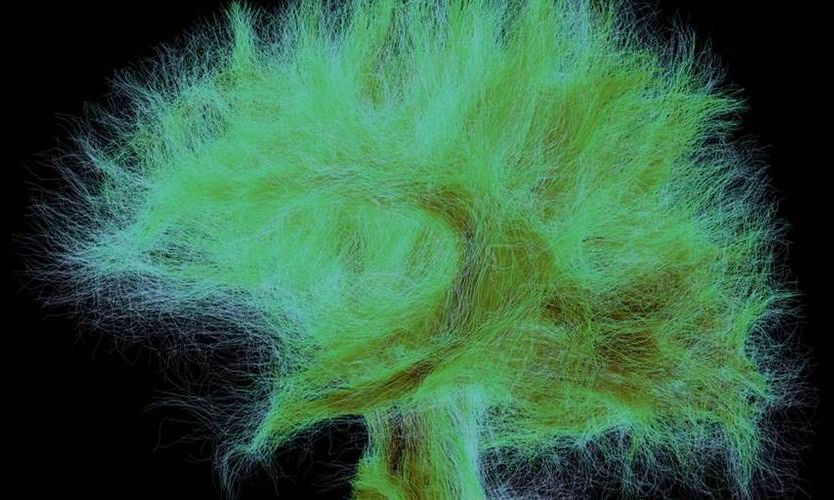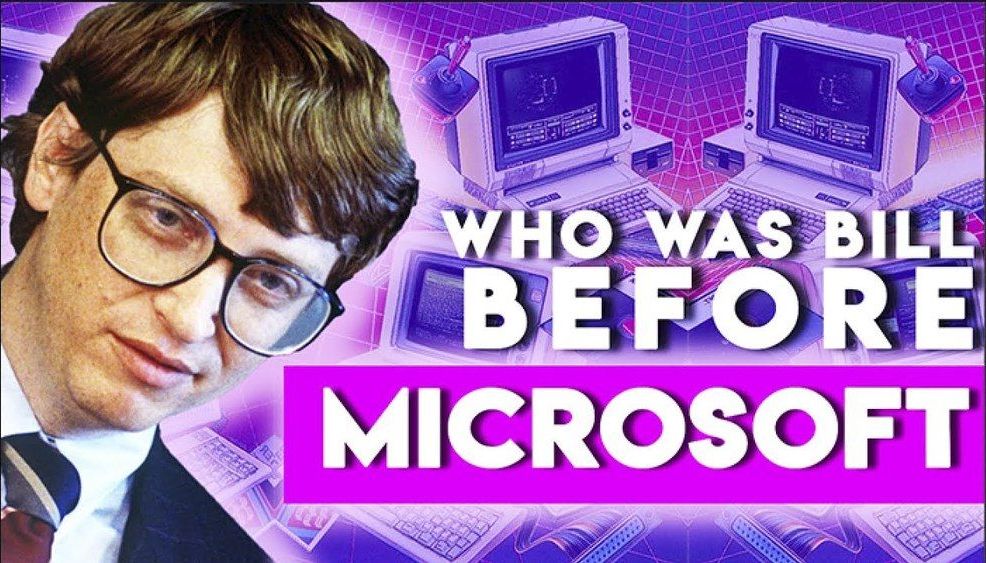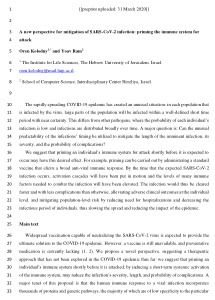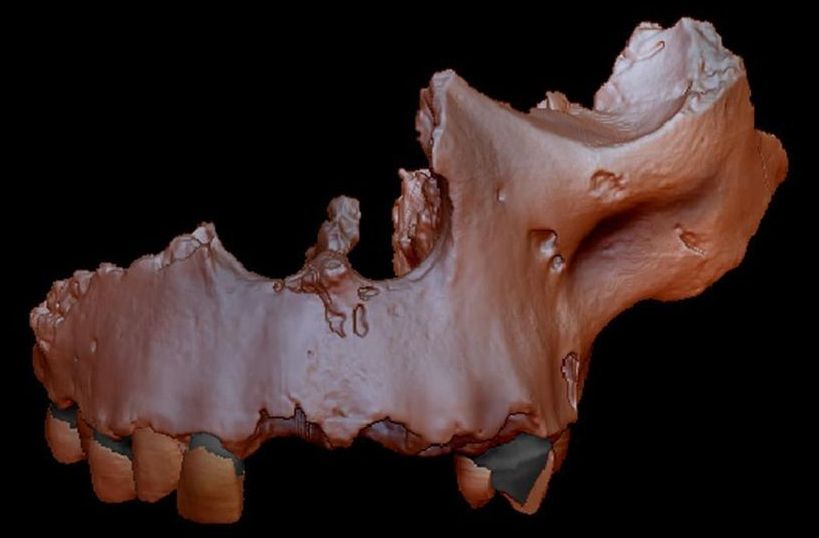Apr 6, 2020
These brain-boosting devices could give us intelligence superpowers
Posted by Quinn Sena in categories: biotech/medical, Elon Musk, health, robotics/AI
Circa 2017
The era of merging our minds with technology has begun. Already, we can hack the brain to treat diseases such as Parkinson’s or help paralyzed people move again. But what if you could install a chip in your head that would not only fix any health issues, but could amp up your brainpower — would you remember every word said during a meeting, finish crossword puzzles faster, drive better thanks to enhanced senses, or pick up a new language before your next trip?
That’s the future envisioned by Elon Musk, the Tesla and SpaceX CEO who recently announced Neuralink, a new company dedicated to blending human brains with computers. In Musk’s view, we’ll have to keep pace with ever-smarter artificial intelligence by implanting a “neural lace,” or sci-fi inspired machine interface that will make us smarter.
Continue reading “These brain-boosting devices could give us intelligence superpowers” »


















